Projects from the department of Observations & Data Technology
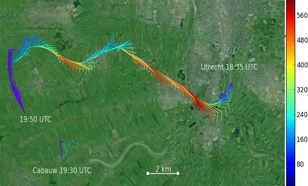
Trajectories from commercial hot-air balloon flights can provide interesting wind information of the lower atmosphere.
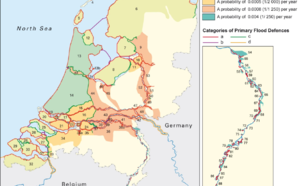
This project is about determining extreme winds, water levels and wave conditions that the Dutch primary water defenses should be able to withstand.
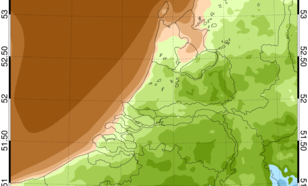
The KNMI North Sea Wind (KNW) Atlas provides wind climatology for the North Sea and the Netherlands.
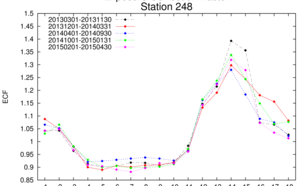
The effect of obstacles on wind measurements needs to be filtered out.
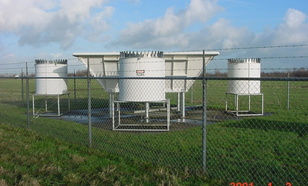
Cabauw Experimental Site for Atmospheric Research
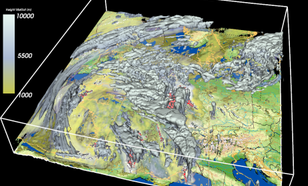
3D meteo-visualization
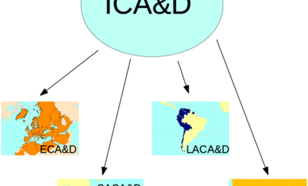
The International Climate Assessment & Dataset (ICA&D) provides climate services on a regional scale for users in participating countries and the broader scientific community.
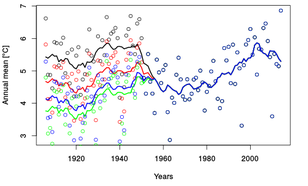
EU Surface Temperature for All Corners of Earth
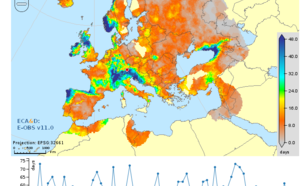
European Provision of Regional Impacts Assessments on Seasonal and Decadal Timescales
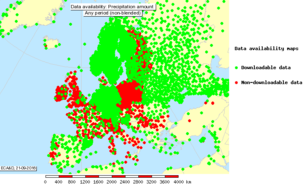
In order to facilitate climate research on the European domain, the European Climate Assessment & Dataset (ECA&D) has been developed.
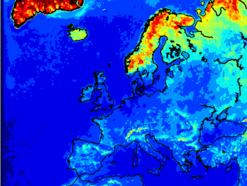
Uncertainties in Ensembles of Regional ReAnalyses
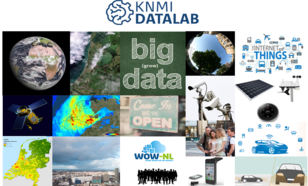
The KNMI DataLab leads KNMI into the Big Data & Data Science era.
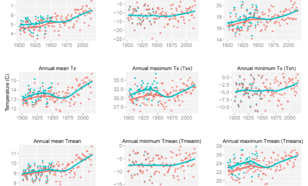
Homogeneous time series of daily precipitation, temperature, and other meteorological variables are indispensable for climate change and variability studies
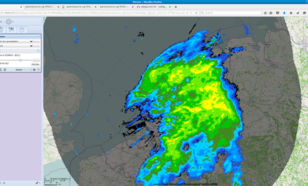
Atmospheric data access for the geospatial user community
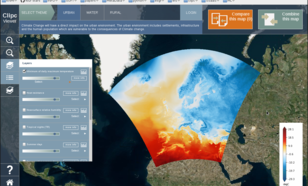
CLIPC is a portal to provide a single point of access for scientific information on climate change. This is made possible through the Copernicus Earth Observation Programme for Europe, which will deliver a new generation of environmental data.